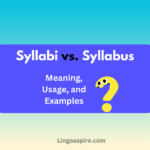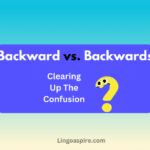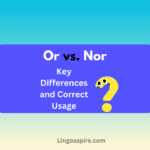Many people confuse idioms vs. metaphors, thinking they are the same. They both fall under figurative speech and use non-literal language, but they serve different purposes. Understanding the difference between idioms and metaphors will improve your creative writing tools and communication skills.
A metaphor compares two unrelated things to create meaning. An idiom is a fixed expression with a meaning that doesn’t come from the words themselves. Knowing when to use them can help you become a better writer and speaker.
What Is a Metaphor?
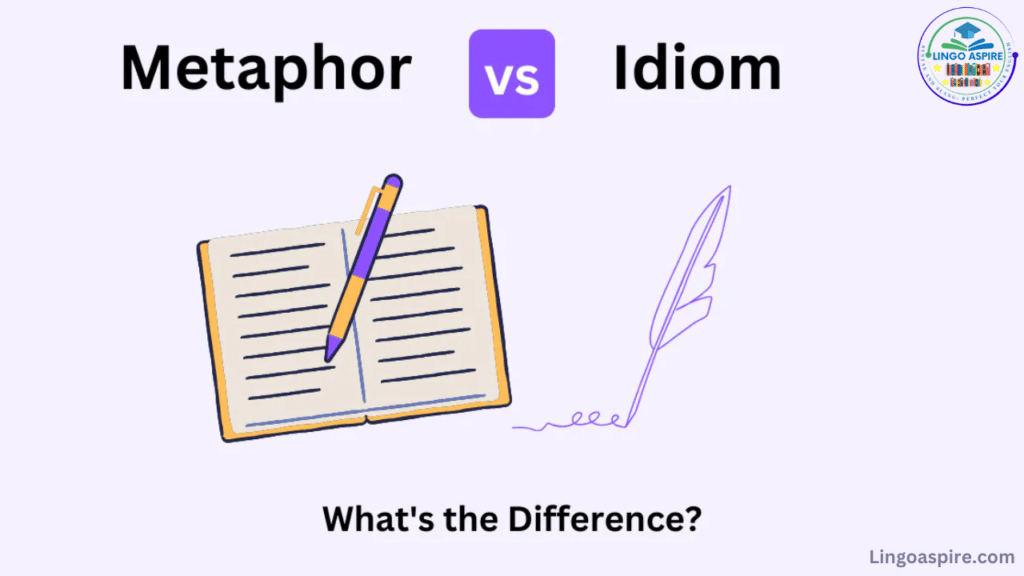
A metaphor is a figurative language tool that makes a direct metaphor comparison between two unrelated things. Instead of using “like” or “as,” a metaphorical meaning is created by stating that one thing is another.
For example, “Life is a rollercoaster” means that life has ups and downs. The sentence doesn’t mean that life is a literal rollercoaster, but it creates vivid imagery.
Key Features of Metaphors
- Non-literal language: Metaphors do not mean what they say.
- Symbolic language: They create deeper meanings and emotions.
- Creative writing tools: Writers use them to make descriptions more powerful.
- Common in literature: They are often found in poems, novels, and speeches.
Metaphors help in comparison in language and make writing more engaging.
Examples of Metaphors
- “Time is money.” (Time is valuable and should not be wasted.)
- “The world is a stage.” (Life is like a theater where everyone plays a role.)
- “She has a heart of stone.” (She is emotionally cold or unfeeling.)
What Is an Idiom?
An idiom is a linguistic expression that has a meaning different from the words used. Unlike metaphors in literature, idioms do not make direct metaphor comparisons. They are commonly used in idioms in daily speech.
For example, “Break the ice” means to start a conversation, not to break ice.
Key Features of Idioms
- Fixed expressions: The wording does not change.
- Cultural language differences: They vary between languages.
- Non-literal language: Their meanings are not clear from the words alone.
- Common idioms in speech: They make conversations sound natural.
Idioms add personality to language and are used in casual and professional settings.
Examples of Idioms
- “Spill the beans.” (Reveal a secret.)
- “Hit the sack.” (Go to sleep.)
- “Under the weather.” (Feeling sick.)
Idiom vs. Metaphor: The Key Differences
| Feature | Idiom | Metaphor |
|---|---|---|
| Definition | A fixed expression with a unique meaning | A comparison between two unrelated things |
| Usage | Common in daily speech | Used in writing and speeches |
| Flexibility | Cannot be changed | Can be modified creatively |
| Example | “Bite the bullet” = “Accept something difficult” | “He is a night owl” = “He stays up late” |
Idioms have fixed expressions, while metaphors in literature are more flexible.
How to Use Metaphors and Idioms Effectively
How to Use Metaphors
To use metaphors in literature or speech:
- Make sure the two things being compared have a clear relationship.
- Avoid mixing metaphors, as it can confuse readers.
- Use them to create strong language imagery.
How to Use Idioms
To use idioms in daily speech correctly:
- Learn their meanings since they are fixed expressions.
- Use them in casual conversations to sound more natural.
- Avoid them in formal writing unless the context allows it.
Both idioms and metaphors make language more interesting, but they must be used correctly.
Synonyms for Idioms and Metaphors
| Word | Synonym |
|---|---|
| Idiom | Expression, Metaphor, Analogy |
| Phrase | Saying, Proverb, Adage |
| Simile | Comparison, Figurative Speech |
| Symbolic Language | Common Idioms, Popular Phrases |
| Fixed Expressions | Set Phrases, Cultural Language Differences |
| Regional Phrases | Language Imagery, Vivid Expression |
| Creative Writing Tools | Literary Devices, Symbolic Language |
| Representational Language | Metaphor, Analogy |
Understanding synonyms helps expand vocabulary and improve language skills.
Common Mistakes and How to Avoid Them
Many people misuse idioms and metaphors, leading to confusion. Here are some common mistakes and ways to avoid them:
- Using idioms in formal writing: Idioms are great for casual speech but can sound unprofessional in academic or business writing. Instead, use clear and direct language.
- Mixing metaphors: Saying “We need to hit the ground running and iron out the kinks” mixes two unrelated metaphors, making it confusing. Stick to one metaphor at a time.
- Taking idioms literally: Non-native speakers often struggle with idioms because they don’t mean what the words say. Learning their meanings in context helps avoid misunderstandings.
- Overusing figurative language: Too many metaphors or idioms in a sentence can make writing unclear. Balance figurative speech with plain language.
- Forgetting cultural differences: Some idioms and metaphors make sense only in certain cultures. If writing for a global audience, use universally understood expressions.
Understanding these mistakes will help you use metaphors and idioms more effectively and naturally in speech and writing.
Common Examples of Metaphors and Idioms
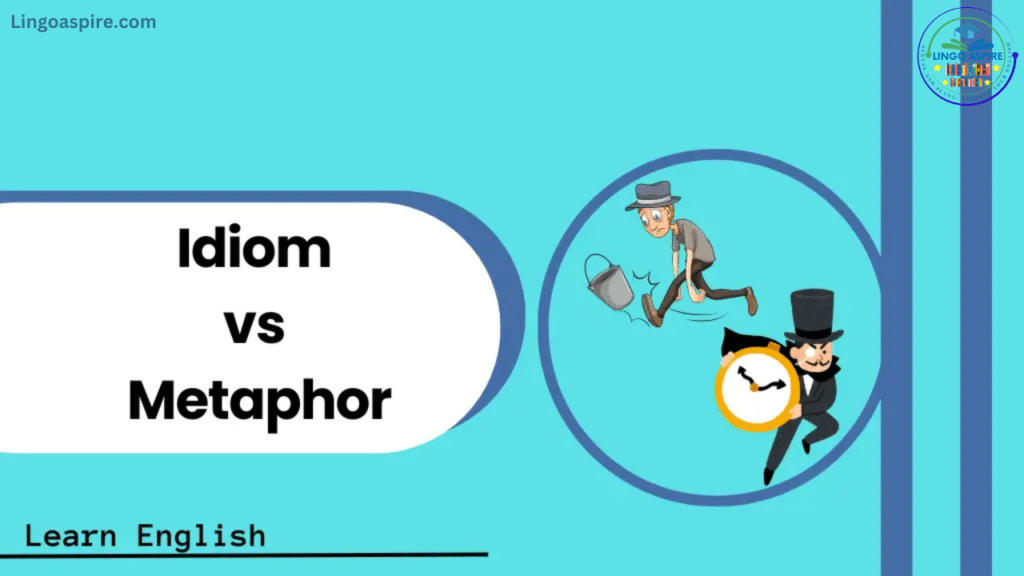
Many popular metaphors and common idioms exist in English. Some are well-known, while others are less common.
Famous Metaphors
- “All the world’s a stage” (Shakespeare)
- “The classroom was a zoo.” (It was chaotic.)
- “Her voice is music to my ears.” (Her voice is pleasant.)
Popular Idioms
- “Break the ice.” (Start a conversation.)
- “Hit the books.” (Study hard.)
- “Jump on the bandwagon.” (Follow a trend.)
Idiom vs. Metaphor: American vs. British English Usage
English idioms and metaphors can differ between American and British English. Some expressions are unique to each dialect, while others may have different meanings.
Differences in Idioms
- American English: “Fall through the cracks” (Be overlooked)
- British English: “Slip through the net” (Be overlooked)
- American English: “Hit the books” (Study hard)
- British English: “Swot up” (Study hard)
- American English: “Bite the bullet” (Endure a painful situation)
- British English: “Keep a stiff upper lip” (Show courage under pressure)
Differences in Metaphors
Metaphors are generally more universal, but some expressions differ:
- American English: “A home run” (A great success, from baseball)
- British English: “A smashing success” (A great success)
- American English: “Hit it out of the park” (Do exceptionally well)
- British English: “Knock it for six” (Do exceptionally well, from cricket)
Cultural and historical influences shape these differences, making some expressions more common in one region than another.
The Origins of Metaphors and Idioms
Both metaphors and idioms have unique histories. Many have evolved.
Metaphors
Metaphors in literature have been used since ancient times. The Greek philosopher Aristotle wrote about metaphors in his work “Poetics.” Writers use them to explain complex ideas thoroughly.
Idioms
Idioms in daily speech come from cultural history. Many idioms originated from old traditions. For example, “Bite the bullet” came from battlefield medicine, where soldiers had to bite a bullet to endure pain without anesthesia.
FAQs About idiom vs. metaphor
1. Can idioms be considered metaphors?
No, idioms and metaphors are different. While both use non-literal language, idioms are fixed expressions with meanings unrelated to the words, while metaphors make a direct comparison between two things.
2. Are idioms and metaphors used in all languages?
Yes, most languages have their idioms and metaphors, but their meanings can be different due to cultural language differences.
3. When should I use metaphors instead of idioms?
Use metaphors when you want to create strong language imagery in writing or speeches. Use idioms in daily speech to sound more natural and expressive.
3. Can the same phrase be both an idiom and a metaphor?
Yes, some phrases can function as both, depending on how they are used. For example, “The ball is in your court” is an idiom when used to mean “It’s your turn to decide.” However, if someone creatively uses it in a different context to compare decision-making to a tennis match, it could be considered a metaphor. Context determines whether a phrase is a fixed expression (idiom) or a figurative comparison (metaphor).
Conclusion on Idiom vs. Metaphor
Understanding the difference between idiom vs. metaphor helps improve communication. Idioms in daily speech make conversations more natural, while metaphors in literature create deep meanings. Both are essential creative writing tools.
Use idioms and metaphors carefully to enhance your writing and speech. Knowing their origins and meanings will help you use them effectively in different situations.
Sources
- Oxford English Dictionary. Definition and usage of idioms and metaphors.
- Cambridge Dictionary. Idioms and figurative language in English.
- Literary Devices. Understanding metaphors in literature.


